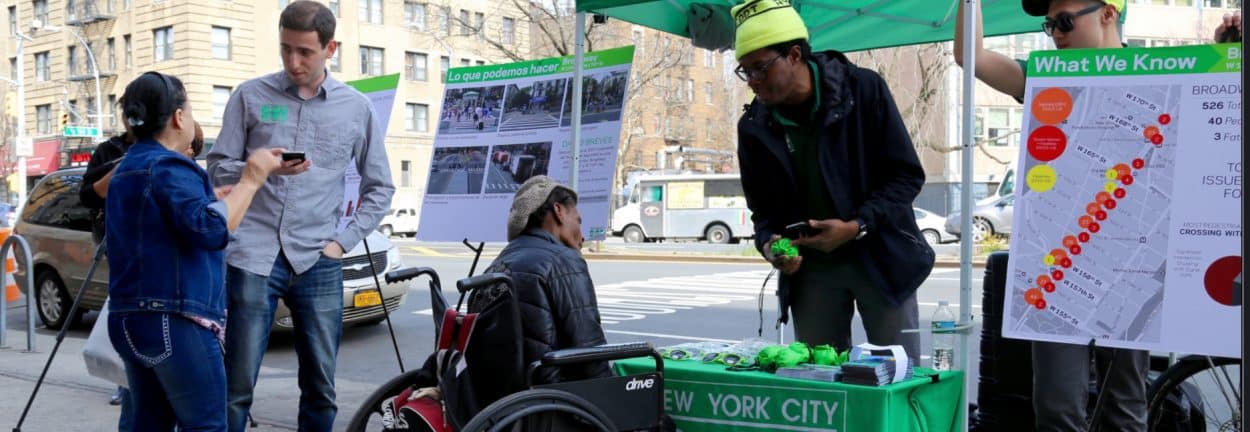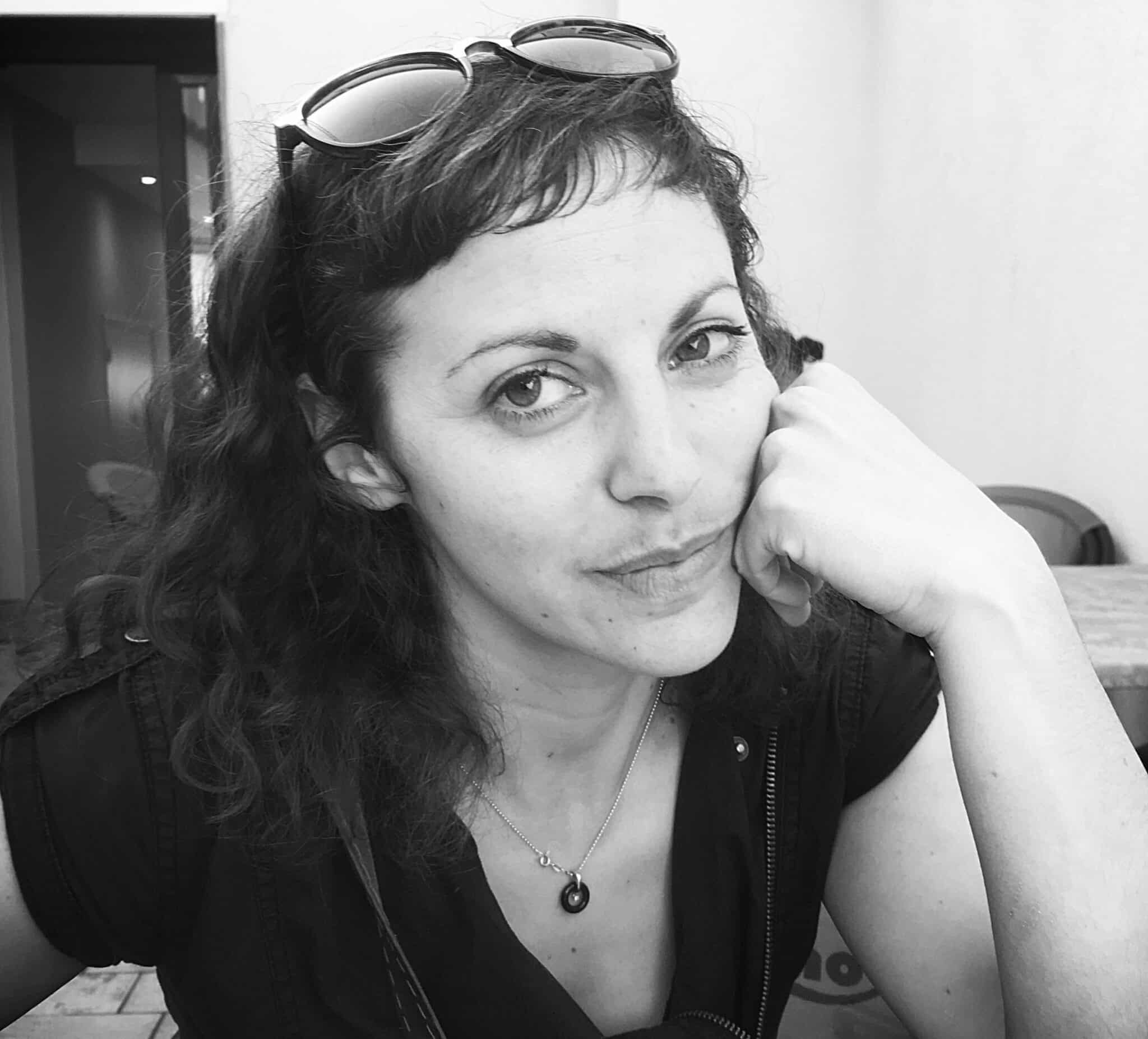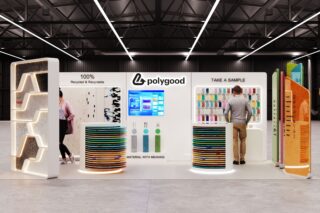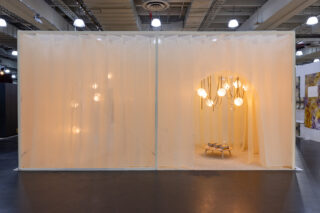During NYCxDESIGN’s event Design Days from May 13 to 18, virtual, in-person and hybrid events brought the New York City design community together to share ideas and discuss their most recent design and architecture projects. ArchiExpo e-Magazine attended the online discussion “Democratizing the Public Realm” hosted by Guillermo Gomez of Urban Design Forum, an organization which gathers designers, city planners, developers and civic leaders to discuss challenges that cities face.
For the discussion, Gomez suggested that design trends that shape public spaces we occupy today fall short of providing a welcoming environment for all. On the panel of participating designers, architects and city planners were Seb Choe of JSA/MIXdesign, Lindsay Harkema of WIP Collaborative (Women In Practice), Margaret Jankowsky of Trahan Architects, Justin Garrett Moore of the Andrew W. Mellon Foundation and Inbar Kishoni of NYC DOT.
Design and The Normal Body
Seb Choe, a gender-fluid child of Korean immigrants who goes by the pronoun they, is the associate director of JSA/MIXdesign. According to Choe, the design and architecture industries have a legacy of exclusion.
“Historically, buildings have been designed based on dimensions of the so-called ‘normal body,’ one that is assumed to be white, able-bodied, cisgender and male. This ergonomic data continues to haunt the standards and regulatory codes that govern architecture today.” JSA/MIXdesign’s team members come from diverse cultures, experiences and education. “Designers should look like who we’re designing for,” said Choe.
Part of JSA/MIXdesign’s work is to further the progress made by the 1990 American Disabilities Act (ADA), which prohibits discrimination against individuals with disabilities. “In architecture, these regulations tend to focus on wheelchair users, manifesting in separate ADA ramps and entrances, which can stigmatize special needs users. Our goal is to allow a broad spectrum of differently embodied people to mix in public space.”
Choe is project manager for two projects whose goal is to design for all types of people, MIXmuseum and Stalled!. The MIXmuseum, a pilot study for the Queen’s Museum atrium, is a re-design of the space that differently embodied visitors reported felt disorienting, a pattern observed in other museums and public buildings.
Stalled! looks at the design and policy surrounding mixed gender restrooms,
“Traditionally accepted male/female restroom design fails to meet the needs not only of trans people but many different restroom users including Muslims performing pre-prayer washings, or people with colostomy bags.”
The Stalled! initiative has designed mixed gender changing rooms at Gallaudet University and created prototypes for airport restrooms and outdoor public toilets.
Design Dating the Community
Inbar Kishoni, a transportation planner for NYC’s Department of Transportation, echoed Choe’s perspective that designing for the public calls for strong awareness of the people being designed for.
“We as designers are trained to think of ourselves as geniuses, but that means that we design based on our own biases, preferences and lived experiences. That can be a problem.”
Kishoni feels that listening is the key to making designs that serve the needs of a multitude of communities. Equity NYC is an ambassador program for NYC DOT, made up of a multi-lingual team that gathers feedback on the street. Kishoni likened the approach to dating the community, noting the importance of flexibility and respect in creating an environment in which people want to share their experiences. In order to gain a wide variety of perspectives, Kishoni advises, “Make it as easy as possible and go where the people are. Make sure you’re invited.”
Spatial Priority and Human Capital
“It’s not always the big, expensive projects that make a difference,” program manager for the Mellon Foundation, Justin Garrett Moore said during the design forum discussion. “With the simple act of changing who has priority over a space, we can do things that are quite transformative.” Some changes that Garrett Moore suggested are already taking place, like giving areas formerly dedicated to cars to pedestrians and cyclists.
By changing who gets priority over urban spaces, Garrett Moore said that design can also raise awareness of different populations while drawing from underserved communities to make streets more enjoyable for all. He used the example of the Centre Street Black Lives Matter Mural. The mural was designed by artists Tijay Mohammed, Sophia Dawson and Patrice Payne, and includes the work of several artists and community volunteers. The mural adorns the street outside the Thurgood Marshall Courthouse, named for the lawyer who argued the 1954 case Brown v. Board of Education, which declared segregated public school unconstitutional. According to Garrett Moore, the location of the mural is important for another reason as well: it’s on an old African burial ground.
Better Design For All
Whether or not one agrees with the sometimes politicized perspectives presented in the “Designing for the Public Realm” discussion, the panelists illustrated design’s role in raising awareness of different populations’ daily experience. New York City is home to many diverse communities, and with globalization and the refugee crisis, other international cities are seeing increases in new populations as well. This means that diversity awareness will continue to play an important role in design going into the future. “Designing for particular, underserved communities makes better public spaces for all,” said architect and founder of WIP, panelist Lindsay Harkema.











